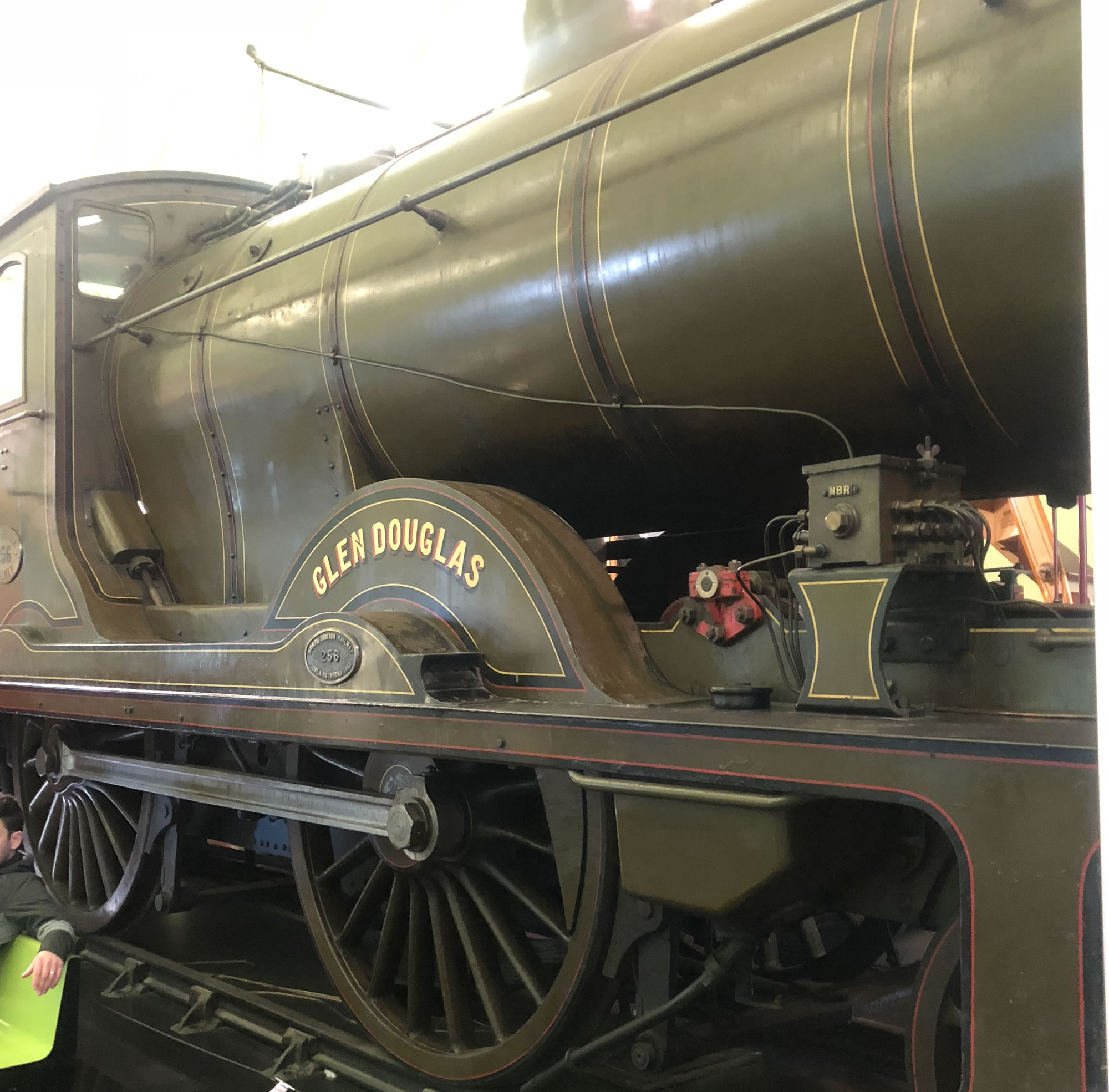kimballthurlow wrote: ↑Mon Jan 30, 2023 7:30 am
...I think the rendering of NBR locomotive colouring has always presented conundrums for artists.
The colour absorption and/or reflection at the brown end of the spectrum seems to be severe one way or another...
It is difficult for many to accept, but 'colour' is only an artefact of the lighting source, the reflectivity of the object and our visual system. Colour has no 'independent' existence:
Turn the light intensity down and at some point what you see is monochrome, no change to the object, or the spectrum of the light source is required, that's your visual system limitation.
Alter the spectral output of the light source, and perception of colour alters, no change to the object or your visual system required.
Place the object against a different background, and perception of its colour alters, no change to the light source or visual system required.
And the final kicker, even in those with regular trichromatic colour vision, there is natural variation in the peak sensitivity of the eye's colour receptors, which directly influences colour perception. I truly know this because I am a 'divergent trichromat': told during the Physics 'O' level course that 'the Sodium D lines are yellow', when to me they are bright orange, the instruction was to write 'yellow' on the exam paper, should the question arise. 'Yellow' is the majority perception, therefore it is the right answer. (Happily for me, this slight difference means I see things most don't, back in the day when repaired cars with patch paint resprays were common, I could see any in the 500 to 700nm range, no trouble, and this had monetary value...)
(A possibility for Hornby's poor rendition of BR green may be a divergent trichromat having charge of colour matching.)

